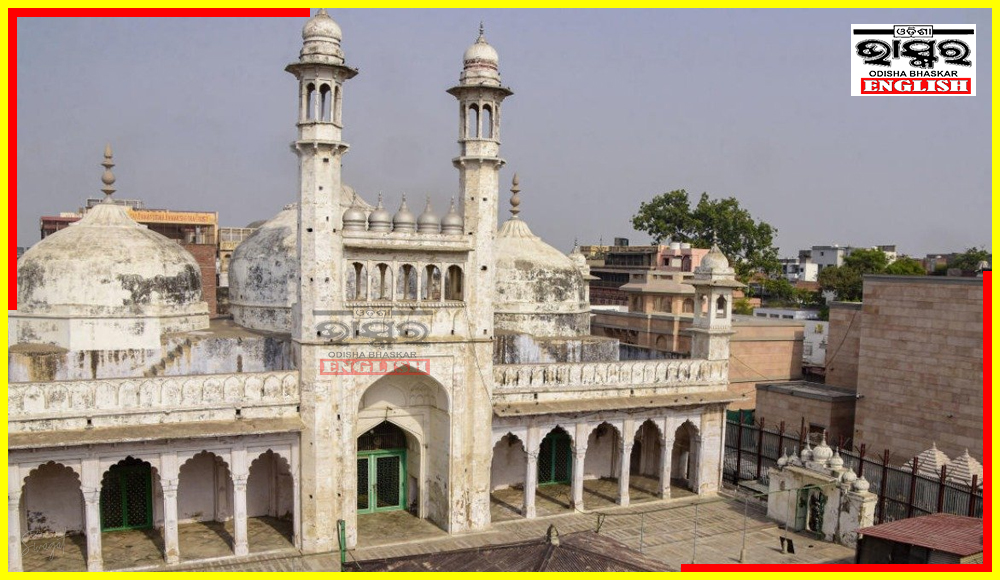Varanasi: In a significant development, the Archaeological Survey of India (ASI) has released findings from its court-approved survey of the Gyanvapi Masjid in Varanasi. The ASI report suggests the existence of a “large Hindu temple” beneath the 17th-century mosque, with parts of the temple allegedly repurposed in the construction of the mosque.
Key Points:
- Pre-existing Hindu Temple: The ASI, based on scientific survey and architectural analysis, concludes that a substantial Hindu temple existed at the site prior to the construction of the current mosque.
- Reuse of Temple Elements: The report claims that pillars, pilasters, and other architectural elements from the pre-existing structure were reused in the construction of the mosque, with modifications made to fit the Islamic architecture.
- Inscriptions and Artefacts: The ASI recorded 34 inscriptions on both existing and pre-existing structures, indicating that stones from the earlier Hindu temple were repurposed during construction or repair. Three deities’ names, Janardhana, Rudra, and Umēśvara, were found in these inscriptions.
The findings support the claims of Hindu petitioners seeking year-round access for darshan and pooja in the Gyanvapi Masjid compound. The Allahabad High Court had earlier allowed the ASI survey and dismissed petitions challenging it.
While supporters argue that the ASI findings validate their claims, critics, including Asaduddin Owaisi, question the report’s academic credibility and allege bias.
The legal representatives of Hindu petitioners plan to further investigate specific areas, such as the wazukhana (place of ablution), and the concealed garb griha of the old temple.
The ASI report has brought renewed attention to the longstanding dispute surrounding the Gyanvapi Masjid and adds complexity to the legal proceedings. The Allahabad High Court has emphasized the national importance of the case and set a six-month deadline for its resolution.
It’s noteworthy that the ASI had initially requested a delay in making the report public, citing concerns about potential misinformation and rumours affecting its work. The court, however, emphasized the importance of transparency in the legal proceedings.




Comments are closed.